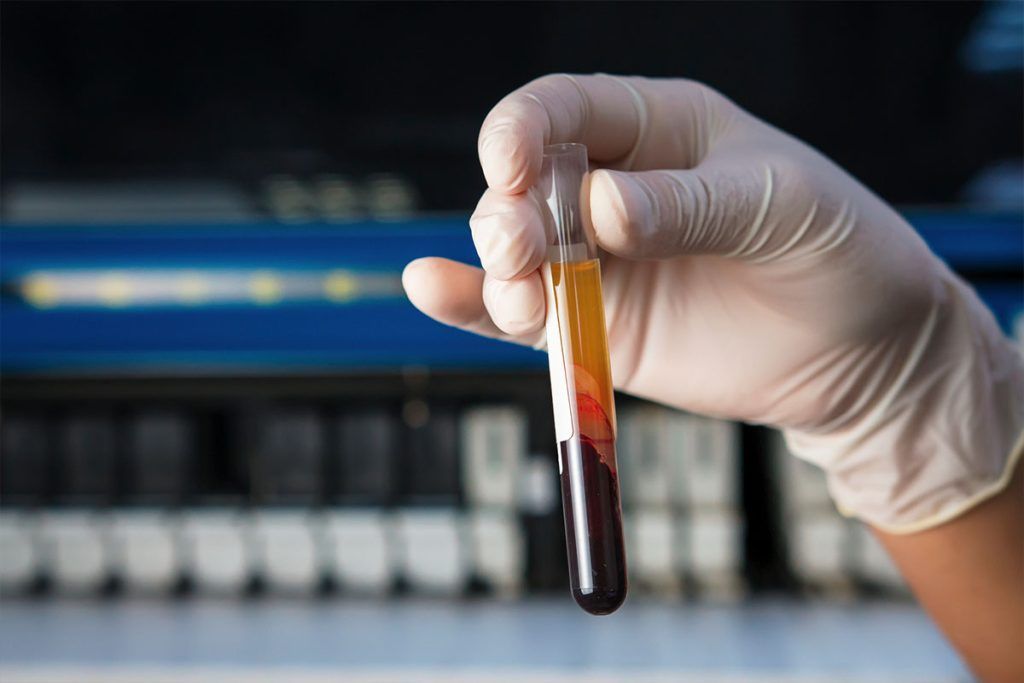Blood clots form due to various health issues and underlying problems, meaning diverse approaches are necessary to effectively prevent blood clots.
Since clots often show no symptoms until they grow large enough to block blood flow significantly, effective blood clot prevention is necessary
Discovering a clot late can lead to serious, even fatal, complications like pulmonary embolism or stroke. Therefore, taking proactive steps is essential.
Lifestyle Changes to Help Prevent Blood Clots
Making positive changes to your daily habits can significantly reduce clot risk. Here are a few changes you can make;
1. Quit Smoking
Smoking damages blood vessels and increases the likelihood of clot formation. Quitting is a critical step to prevent blood clots. Start by gradually reducing daily consumption, and speak with a healthcare professional about cessation aids and support available in Nigeria.
2. Improve Your Diet
The quality of your diet plays a role in blood clot prevention. Make it a habit to consume:
- Foods rich in omega-3 fatty acids (like fatty fish, flaxseeds).
- Plenty of fruits and vegetables.
- Foods high in Vitamin E (like nuts, seeds, leafy greens) may also offer benefits.
3. Stay Physically Active
Regular physical activity is vital not just for your heart, but also to prevent blood clots, especially Deep Vein Thrombosis (DVT) in the legs. Prolonged immobility is a major risk factor. If your job or lifestyle involves long periods of sitting:
- Take frequent breaks to stand up, walk around, and stretch.
- Perform simple leg exercises while seated (like ankle circles or calf raises).
4. Consider Compression Stockings
For some individuals, particularly during long-haul travel, after surgery, or if you have varicose veins, compression stockings may be recommended as part of blood clot prevention. They apply gentle pressure to improve circulation in the legs.
Understanding and Managing Your Risk Factors
Beyond lifestyle, understanding your individual risk is key. So how do you go about that?
1. Know Your Personal & Family History
Certain factors increase your susceptibility to blood clots. Discussing your personal and family medical history with your doctor is crucial for effective blood clot prevention. Ask specifically about any genetic predisposition (inherited clotting disorders) in your family.
2. Manage Underlying Conditions
Conditions like diabetes, hypertension (high blood pressure), obesity, and vascular diseases significantly increase your blood clot risk. Effectively managing these conditions through medication, diet, and lifestyle changes, as advised by your healthcare provider, is essential for preventing blood clots.
Medical Interventions for Blood Clot Prevention
If lifestyle changes have no effect or you’re unable to manage your risk factors properly, then blood thinners may be necessary.
Blood Thinners are prescribed to prevent blood clots in high-risk individuals (e.g., those with atrial fibrillation or after certain surgeries) or to treat existing clots and prevent them from growing.
They include anticoagulants (like warfarin, heparin, and newer oral agents) and antiplatelets (like aspirin, and clopidogrel). These medications should only be taken under strict medical supervision.
Diagnostic Testing for Clotting Issues
If a clotting disorder is suspected, specific diagnostic blood tests can measure clotting times (like Prothrombin Time – PT, and Partial Thromboplastin Time – PTT) and platelet function. These tests help doctors assess your risk and guide treatment or blood clot prevention strategies.
Take Action with HealthTracka
Understanding your personal risk profile is fundamental to effective blood clot prevention.
HealthTracka’s Clotting Profile Test provides valuable insights into your blood’s clotting ability. Knowing your status can empower you and your doctor to make informed decisions about how to prevent blood clots.
Book your Clotting Profile Test easily online for convenient at-home sample collection in Nigeria and take a proactive step towards improving your health.




